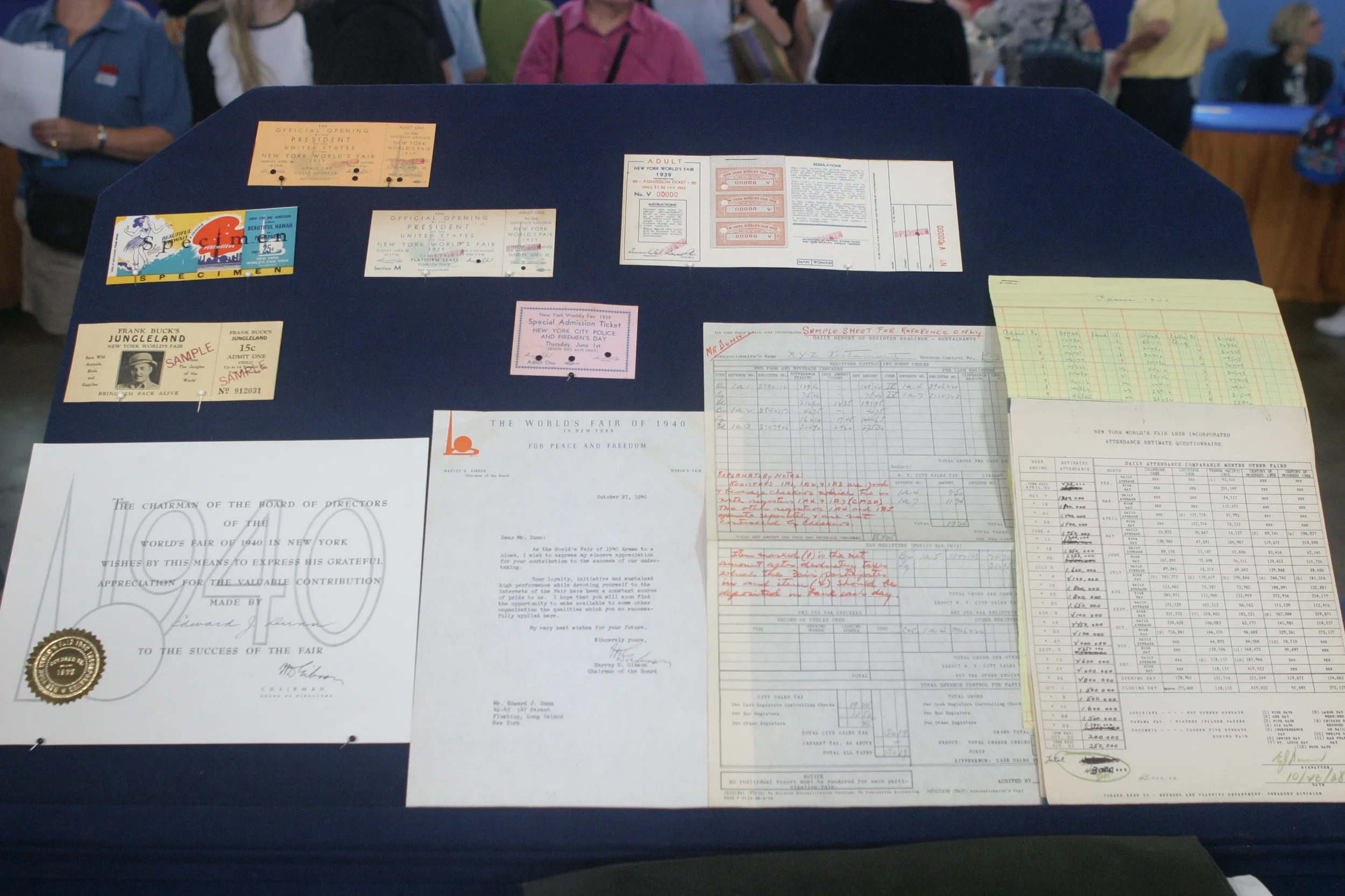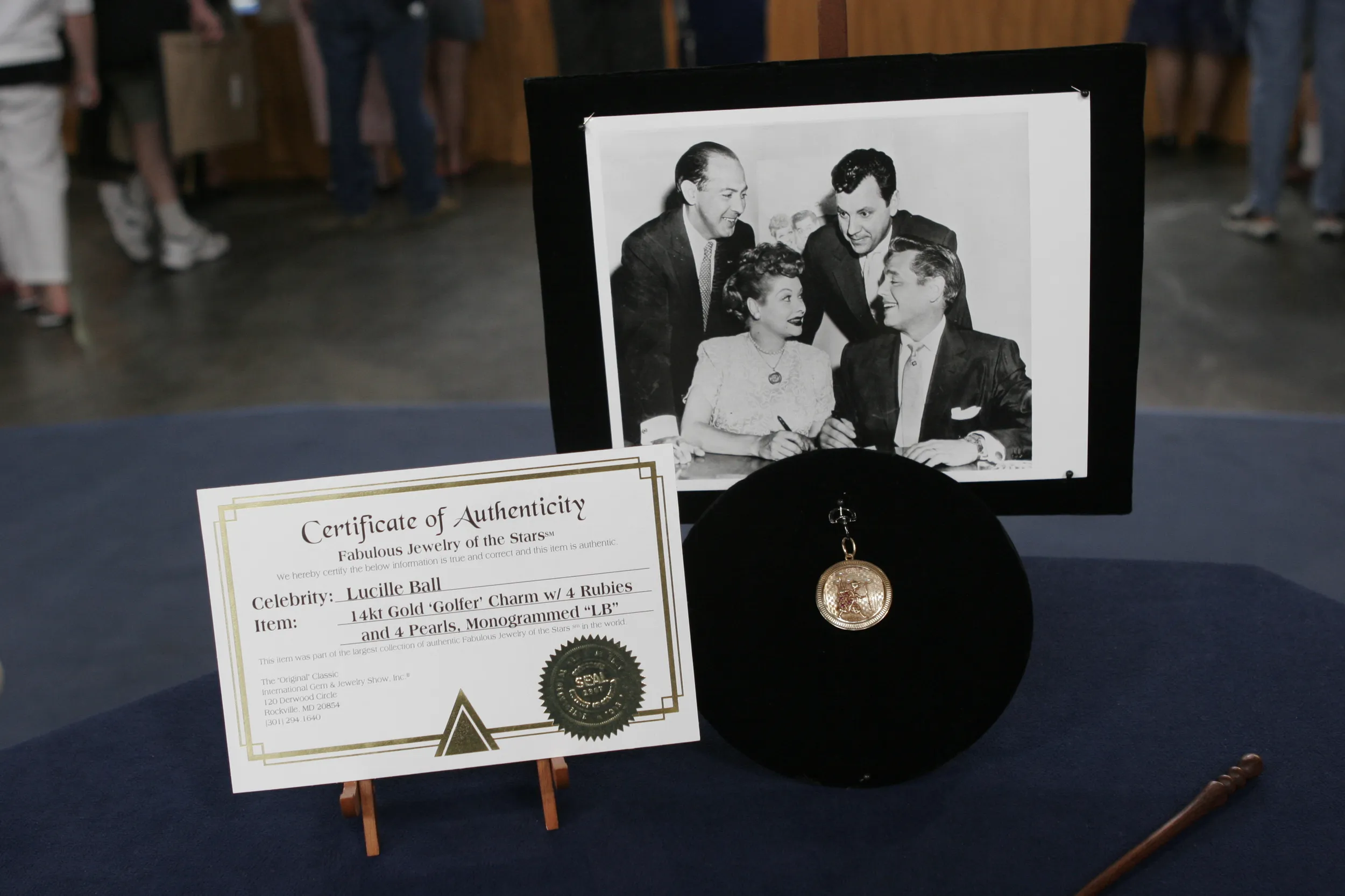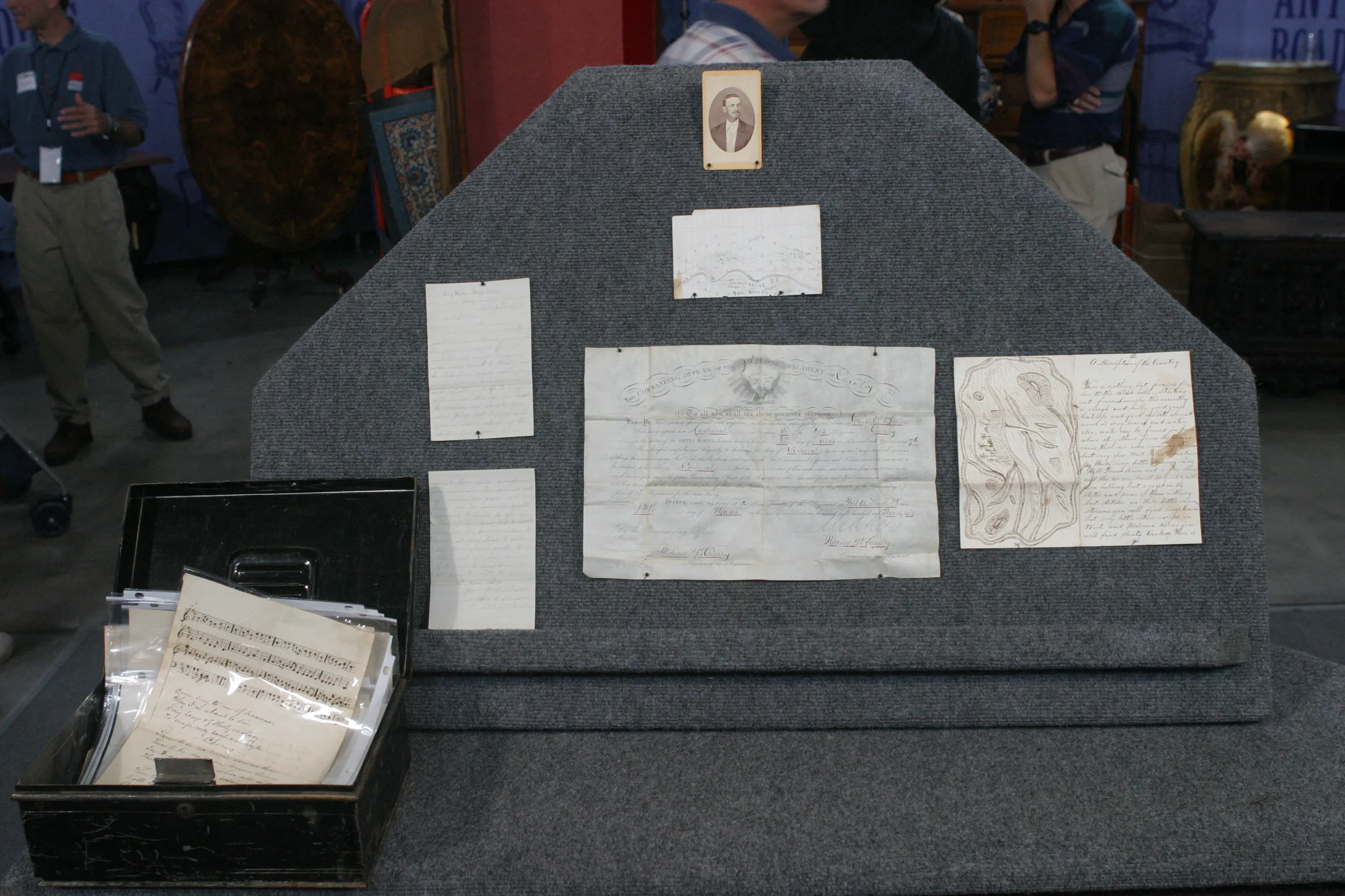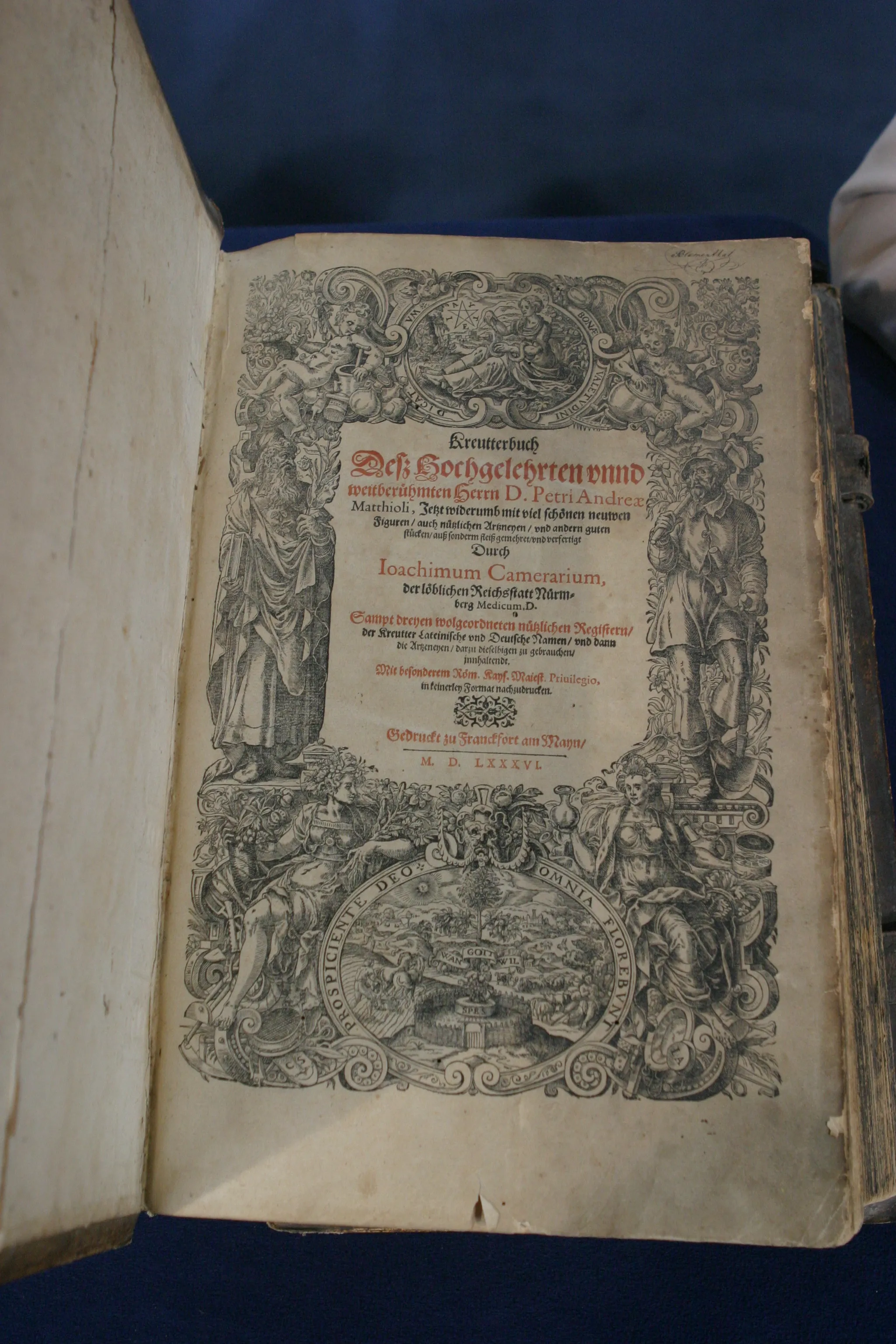GUEST: This is a Civil War commission for my great-great-great-uncle James David Rabb, who graduated from West Point in 1863, served for a brief three or four months, contracted typhoid fever in New Orleans in August of '63, and died in New Orleans.
APPRAISER: So he died prior to the end of the war.
GUEST: Yes. We found both of these folded up in a manila folder.
APPRAISER: Wow.
GUEST: In the mid '80s. Had the flag conserved and, you know, the commission framed.
APPRAISER: Well, let's start with the flag. You've got a great little 34-star flag in silk. It's entirely hand-sewn, which is exactly the way it should be. Now, there are a few condition issues with it. There're some holes in here, but it's been conserved quite nicely. One of the things that makes this flag very interesting also is the pattern of the stars. If you notice, it's in a little star pattern itself.
GUEST: it's in a little star pattern.
APPRAISER: And that's another thing that collectors really enjoy. If it had a standard star pattern, it would be wonderful, but not as exciting as this. So the star pattern on this would date to 1861 to 1863. The second thing that you've got is the commission. And one of the things that I looked at when it first came in is the quality of the Abraham Lincoln signature here. A lot of the times we see these commissions, they are worn, or they're faded, and it's kind of hard to see the autograph of Lincoln on there. So basically, this is an officer's commission. Officers would receive a commission signed by Edwin Stanton, the secretary of war, and at the time, Abraham Lincoln as president of the United States. Officers would have been the only ones who received a commission from the president of the United States. You've got the flag that he had prior to his death, and you've got his commission as first lieutenant. At auction, I think we would put the two of them together in the $3,000 to $5,000 range.
GUEST: Spectacular.














